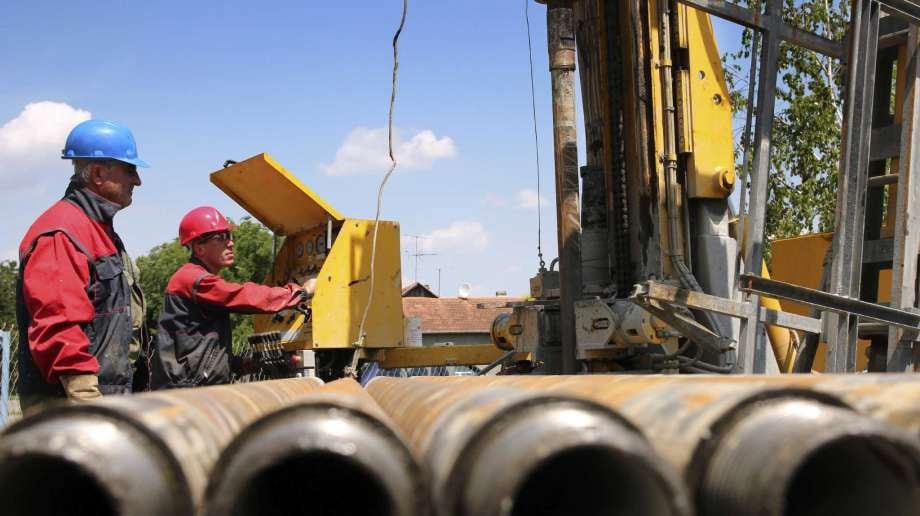Pipeline operators and energy transmission companies are working to comply with the PHMSA 2017 Final Rule regarding Pipeline Integrity testing and management.

In 2017, the Pipeline and Hazardous Materials Safety Administration (PHMSA) issued a final rule relating to Pipeline Integrity Management that mandates several preventative and documentation processes designed to standardize the measurement, testing and assessment of pipeline inspection procedures. This Final Rule also specifies how operators are to perform “Engineering-Critical Assessments (ECA)", which include critical repair criteria.
Detection of any of these criteria requires immediate documented repair.
- A topside dent with a depth of 6% or better
- Any dent that points to metal loss/cracking/stress riser
- Metal loss of 80% of the nominal wall
- Significant stress corrosion cracking (SCC)
- Selective seam weld corrosion (SSWC)
- Metal loss defect with predicted failure of less than 1.1 times maximum operating pressure
By keeping accurate records of repairs that were initiated by test results of Engineering Critical Assessments, pipeline operators and energy providers can help limit legal exposure if there is a pipeline failure.
Among the other regulations the Final Rule spells out:
- Operators must submit annual safety-related condition and incident reports
- Hazardous liquid transmission line inspections that can accommodate in-line inspection (ILI) tools must be completed every 10 years
- Operators have 20 years to modify their pipelines to accommodate an ILI device
- ILI devices will ultimately be the only acceptable testing option
To maintain compliance to this Rule, terminal and pipeline owners are obligated to operate their pipelines safely, requiring an effective inspection, maintenance and repair program.
To be in compliance, operators are accountable for the development, documentation, implementation, execution and assessment of pipeline inspection methods. Meeting these requirements means a safer energy grid, and saves operators from potential disasters to their corporation’s goodwill, finances and personnel.


